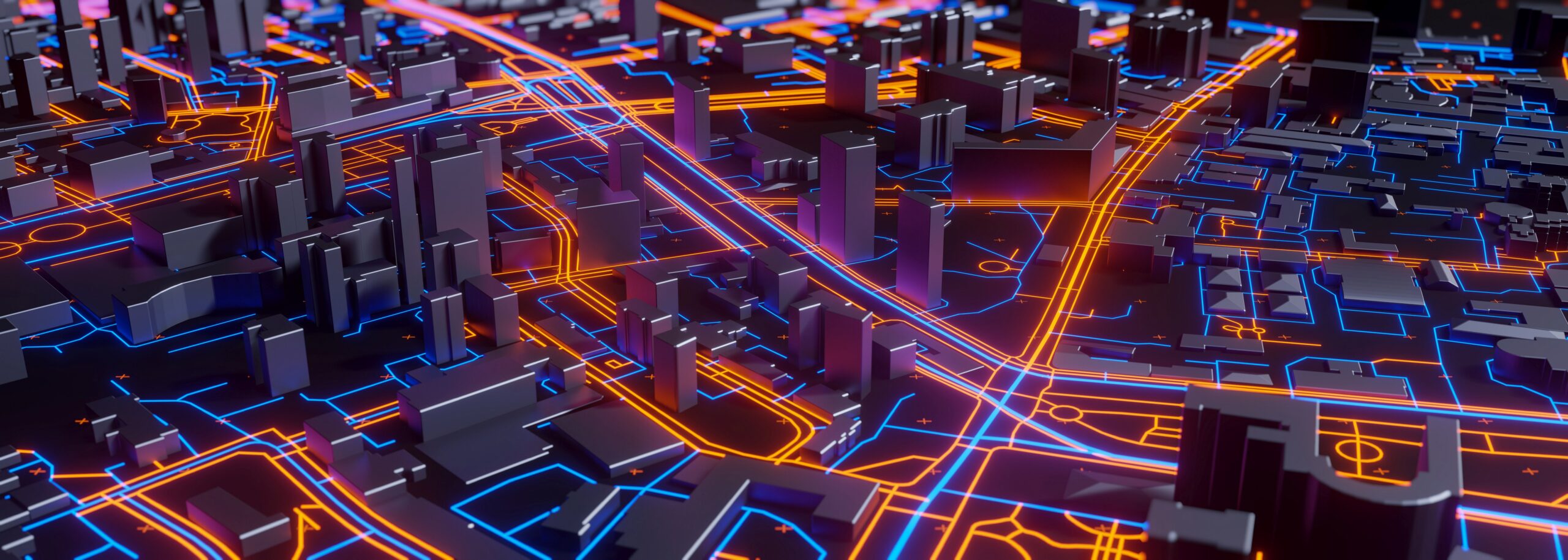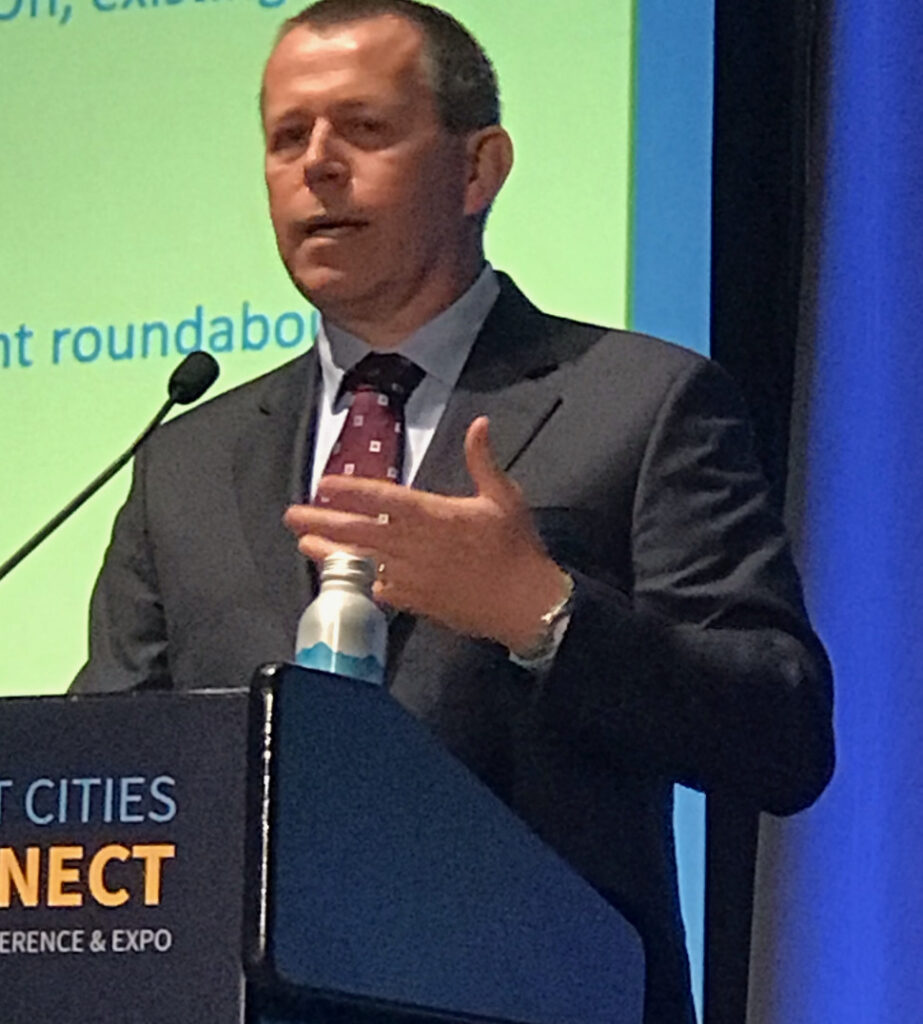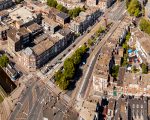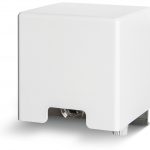
Use of traffic data
The use of traffic data is here to stay. Traffic data is drawn from a variety of sources. The National Road Traffic Data Portal (NDW), for instance, is a source of up-to-date information on the Dutch road network. Real-time GPS and other sensor data from cars (Floating Car Data), measuring loops at TLCs and traffic cameras provide information about the traffic situation on the roads in your area. Similarly, there are many sources of shipping information, such as AIS data. But other types of data, such as hydro-meteorological data, can also be used for traffic scenarios. TNL is constantly developing new applications on the basis of combinations of these data flows.
Greater autonomy in traffic management
The use of data creates possibilities for new forms of traffic management. Having greater insight in the traffic flows of multiple regions and modes of transport allows you to create advanced scenarios for your traffic control centers. This makes your traffic management system (for instance MobiMaestro) more autonomous when it comes to producing recommendations on measures to increase traffic flow. It is even possible to create scenarios that operate entirely autonomously on the basis of data.
Remote sensing
Data is increasingly being derived from on-the-spot sensors in the field or along the roadside (remote sensing). This data is collected using a variety of protocols. We have a lot of experience with de facto and standardized protocols, and if you do not have one yet, we can help to define, specify and implement one for you, such as IVERA4, RSMP and DVM-Exchange. We work with a wide spectrum of sensors: induction loops, video cameras, radar, lidar, etc. And this list also includes technology for interaction with systems or users in the field.
Data engineering
Reliable automation requires robust systems that can read, store and distribute the information yielded by individual systems and sensors (data engineering). The systems we usually work with tend to be technical information systems that are deployed for our clients’ critical tasks. Such as measuring networks for monitoring road slipperiness. Or decision support systems and dashboards that can be used in control rooms. This requires high data availability and reliability; our enabling technologies meet these requirements and have a proven track record.
Data science
The next step is to process raw data to generate useful information (data science). For example, transforming bike counts into travel times, and using this information as input for simulations and live recommendations for routes. Using data science, we create insight into complex traffic processes.
Machine learning
Machine learning or artificial intelligence can make an important contribution to the further evolution of traffic management. Analyzing traffic data with the help of self-learning algorithms can reveal patterns in traffic. This opens up many new possibilities for further automation and autonomization. This technology is suited for all traffic modalities.
What possibilities does your traffic data have? How can data sources be deployed optimally to realize better flow and better traffic management? In the Netherlands as well as abroad, traffic is a large, complex network, and all constituent parts mutually influence each other. Effective analysis of data streams can create new insights into the way the traffic network in your area works. We are experts on integrating these data streams into our solutions. This can help you to optimize the traffic flow in your area even further.
Related solutions and projects
Let’s talk about traffic data
and find out how we can help you



